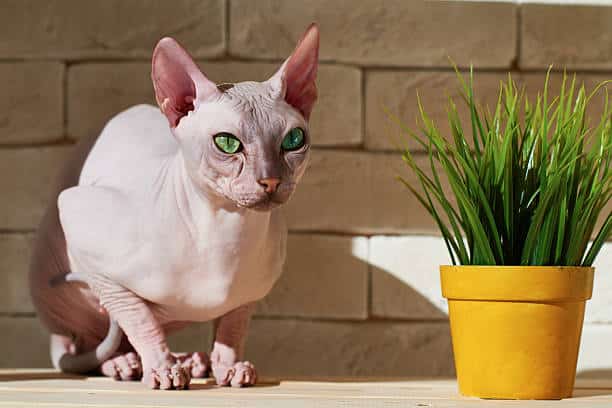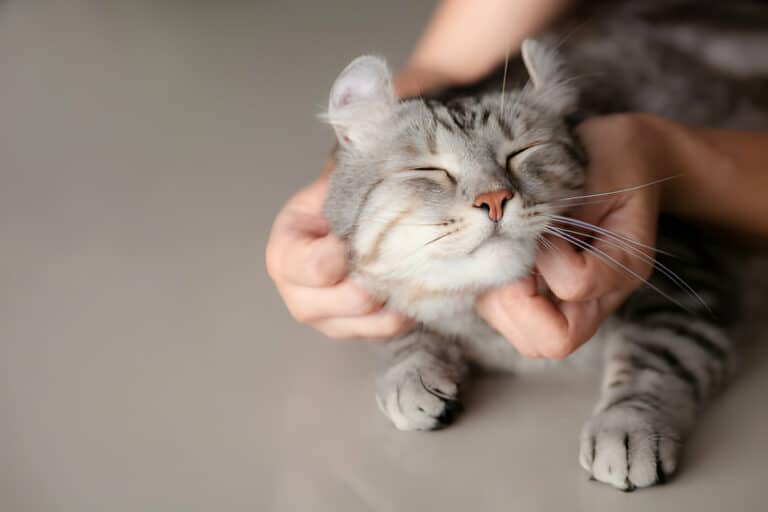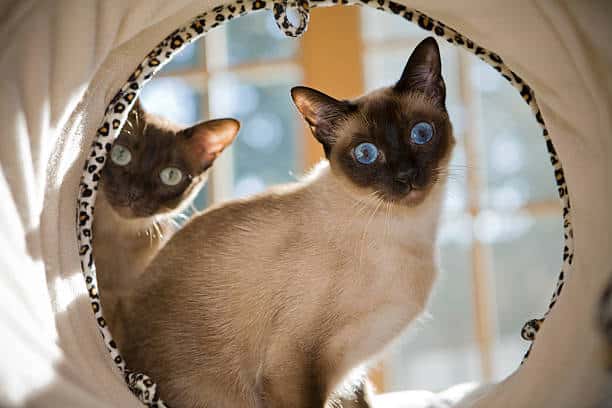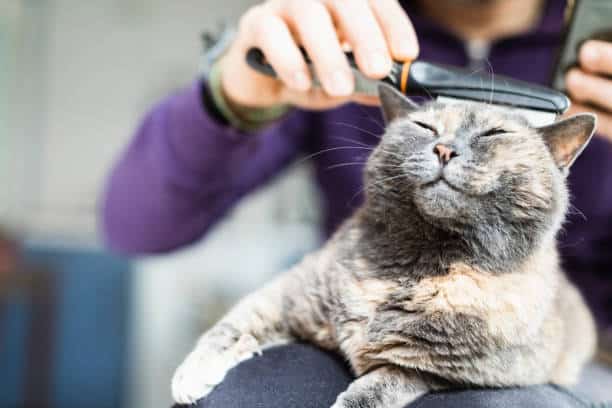Unraveling The Mysteries Of The Sphinx Cat Breed
Are you intrigued by the enigmatic allure of the Sphinx cat breed? These unique felines, known for their hairless bodies and captivating gaze, have captured the curiosity of cat lovers around the world. In this blog post, we examine into the history, characteristics, care needs, and quirks of the Sphinx cat breed, shedding light on these fascinating creatures and unraveling the mysteries that surround them. Whether you’re considering adding a Sphinx cat to your family or simply want to learn more about these mesmerizing pets, this post will provide you with all the information you need to become an expert on this captivating breed.
Historical Origins
The Sphinx Cat’s Ancestry
The Sphinx cat breed, contrary to popular belief, is not a direct descendant of the ancient Egyptian cats worshipped by pharaohs. Any attempts to link the breed to Egyptian royalty are purely based on aesthetics rather than factual evidence. The true ancestry of the Sphinx cat can be traced back to a spontaneous genetic mutation that occurred in the 1960s in Canada.
Evolution of the Breed
The evolution of the Sphinx breed began with the birth of a hairless kitten named Prune in Toronto, Canada, in 1966. The breeder who discovered Prune’s unique trait recognized its potential and carefully bred him to produce more hairless kittens. The Sphinx cat’s lineage can be traced back to Prune and a few other hairless cats that were later introduced into breeding programs to establish and develop the breed.
Another significant aspect in the evolution of the Sphinx breed was the introduction of outcrossing with other breeds such as the Devon Rex and American Shorthair. These crossbreeding efforts were undertaken to address health and genetic diversity concerns within the Sphinx gene pool and to further refine the breed’s distinctive characteristics.
Physical Characteristics
Defining Features
Little known for their lack of fur, the Sphinx cat is easily recognizable by its hairless body. Despite their name, these cats are not entirely hairless; they have a soft, downy layer of fuzz that covers their skin. The Sphinx’s wrinkled skin, especially around the head and neck, adds to their unique appearance, giving them an almost human-like quality.
Health Considerations Unique to Sphinx Cats
For Sphinx cats, their lack of fur means special care must be taken to protect their skin from the sun and elements. Without fur to protect them, Sphinx cats are prone to sunburn and skin damage, making it important to limit their time outdoors in direct sunlight. Additionally, their ears may need regular cleaning to prevent wax buildup due to the absence of fur to naturally wick away moisture.
Physical: It is recommended to regularly bathe Sphinx cats to help reduce the oil buildup on their skin which can lead to skin issues if not addressed. Additionally, these cats may be more susceptible to temperature extremes, so it’s imperative to keep them warm in colder weather and cool in hot weather to maintain their health.
The Sphinx Cat’s Temperament
Common Personality Traits
Your Sphinx cat’s temperament is often described as inquisitive, social, and affectionate. They are known for their love of human interaction and are often found following their owners around the house. These cats are also curious and enjoy exploring their surroundings, making them fun companions for households looking for an interactive pet.
Interaction with Humans and Other Pets
Interaction with Sphinx cats and humans is typically very positive. They thrive on attention and affection, often seeking out physical contact with their owners through cuddles and even sleeping next to them. Sphinx cats can also form strong bonds with other pets in the household, especially if introduced to them at a young age. They enjoy playtime and can be quite tolerant of other animals, making them a great addition to multi-pet households.
Care and Maintenance
Grooming Requirements
All Sphinx cats require regular grooming despite their lack of fur. Their hairless skin produces oils which can build up and lead to skin issues if not properly managed. To maintain their skin health, it is recommended to bathe them regularly with a gentle shampoo to remove excess oils. Additionally, their ears should be checked and cleaned regularly to prevent any wax buildup.
Dietary Needs and Lifestyle Considerations
With their high energy levels, Sphinx cats require a diet rich in protein to support their muscle development and maintenance. It is important to feed them high-quality cat food that is specifically formulated for their age and activity level. Additionally, since they are prone to weight gain, portion control is vital to prevent obesity. Daily playtime and mental stimulation are also crucial for their well-being.
Dietary: Sphinx cats thrive on a balanced diet that includes high-quality protein sources such as chicken, fish, or turkey. It is best to avoid feeding them too many carbohydrates, as they do not require the same energy levels as other breeds with fur. Regular exercise and interactive toys can help keep them physically and mentally engaged, ensuring a happy and healthy lifestyle for your Sphinx cat.
Sphinx Cats in Popular Culture
Representation in Media
Unlike some other cat breeds, the Sphinx cat has not been extensively depicted in mainstream media. However, there have been notable appearances of Sphinx cats in popular culture, such as in the movie Austin Powers: The Spy Who Shagged Me, where Mr. Bigglesworth, Dr. Evil’s hairless cat, steals the show with his unique appearance.
The Breed’s Impact on Society
One intriguing aspect of the Sphinx cat is its impact on society. These unique felines challenge conventional notions of what a cat should look like, sparking conversations about beauty standards and acceptance of differences. Their distinctive appearance has also inspired artists and designers, leading to a trend of sphinx cat motifs in fashion and art.
Plus, sphinx cats are sometimes associated with notions of luxury and exoticism, adding to their allure. The breed’s rise in popularity has also led to increased awareness of issues related to hairless cat breeds, such as proper skincare and grooming needs. Owning a Sphinx cat can be seen as a statement of individuality and a nod to the unconventional in today’s society.
Breeding and Genetic Information
Responsible Breeding Practices
Now, when it comes to breeding Sphinx cats, responsible practices are crucial to maintain the health and well-being of the breed. Breeders should prioritize genetic diversity and screen for any hereditary health issues to ensure the longevity of the breed.
The Future of the Sphinx Cat Breed
On the horizon, the future of the Sphinx cat breed looks promising. With the growing popularity of these unique and affectionate felines, responsible breeders and enthusiasts are working together to preserve the breed’s standard and ensure its continued success in the future.
Plus, advancements in genetic testing and breeding techniques offer opportunities to further enhance the health and genetic diversity of the Sphinx cat breed. By staying informed and dedicated to responsible breeding practices, we can ensure a bright future for these captivating and elegant cats.
Conclusion
Conclusively, unraveling the mysteries of the Sphinx cat breed has shed light on its unique characteristics and fascinating history. From its hairless coat to its friendly and affectionate nature, the Sphinx cat continues to captivate and intrigue cat lovers worldwide. Understanding the origin and genetic makeup of this mesmerizing breed allows us to appreciate and provide proper care for these enchanting felines. As we continue to explore deeper into the world of the Sphinx cat, we uncover more about its enigmatic charm and endearing personality, solidifying its place as a beloved member of the feline community.
FAQ
Q: What is the origin of the Sphinx cat breed?
A: The Sphinx cat breed originated in the 1960s in Toronto, Canada, when a hairless kitten named Prune was born. Breeders then selectively bred the Sphinx cat to create the unique breed we know today.
Q: What are the characteristics of Sphinx cats?
A: Sphinx cats are known for their lack of fur, wrinkled skin, large ears, and striking eyes. They have a slim and muscular build, with a playful and affectionate personality. Despite their appearance, they are warm to the touch and enjoy human interaction.
Q: How do you care for a Sphinx cat?
A: Due to their lack of fur, Sphinx cats require regular grooming to remove oil buildup on their skin. They are also sensitive to temperature changes and should be kept in a warm environment. Additionally, their ears and eyes need to be cleaned regularly to prevent infections.






